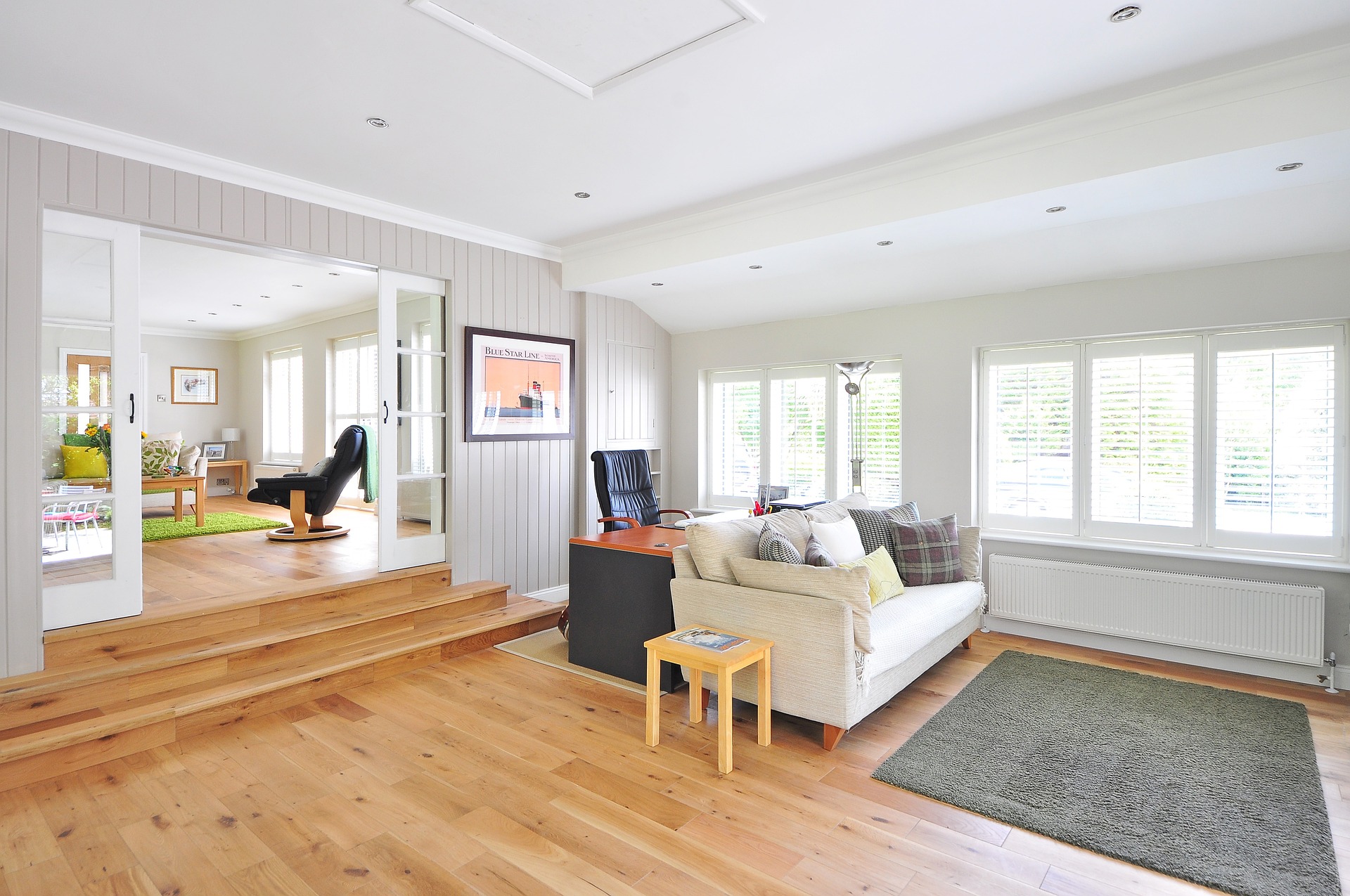The Allure of Multi-Functional Spaces: Transforming Homes and Gardens in the 21st Century
The modern era calls for transformation in all aspects of life, including our living environments. In this age of digital connectivity and remote work, homeowners and designers are embracing multi-functional spaces that are both practical and aesthetically pleasing. This article explores the concept of multi-functional spaces, their history, and how they’re revolutionizing contemporary home and garden design.
A Brief History of Multi-Functional Spaces
The concept of multi-functional spaces is not entirely new. In the medieval times, the Great Hall in castles served multiple functions - from dining area to a meeting room and even a sleeping space. Today, this concept has been reintroduced and reimagined to suit our modern lifestyles and space constraints.
The Rise of Multi-Functional Spaces in Contemporary Design
With urbanization and the shrinking size of living spaces, there has been a significant rise in the need for multi-functional spaces in homes. This trend has further been amplified by the pandemic, with homes transforming into offices, gyms, and classrooms. Modern designers take this as an opportunity to introduce innovative solutions that blend functionality with style.
Multi-Functional Spaces: Practicality and Market Trends
Multi-functional spaces are not just a design fad but a practical solution to modern living. They maximize space utilization, offer flexibility, and can be tailored to individual needs. Market trends indicate a growing demand for furniture and decor that support such spaces—think convertible sofas, foldable desks, and modular storage units.
Enhancing Daily Living with Multi-Functional Spaces
Multi-functional spaces can greatly enhance daily living. A kitchen island can double up as a dining table, a spare bedroom can transform into a home office, or a garden can serve as a relaxation spot and an outdoor dining area. These spaces can be easily adapted to suit changing needs, making homes more resilient and future-proof.
Research-Backed Advantages of Multi-Functional Spaces
Research indicates that multi-functional spaces can have a positive impact on our wellbeing. They can reduce clutter, making spaces appear larger and more organized. They also offer opportunities for creativity, as homeowners experiment with different layouts and designs to create a space that truly reflects their personality and lifestyle.
In conclusion, multi-functional spaces are a creative and practical solution to modern living. They combine aesthetics, functionality, and flexibility, making our homes more adaptable and enjoyable. As we continue navigating the complexities of the modern world, this design concept is likely to become even more prevalent in our homes and gardens.






